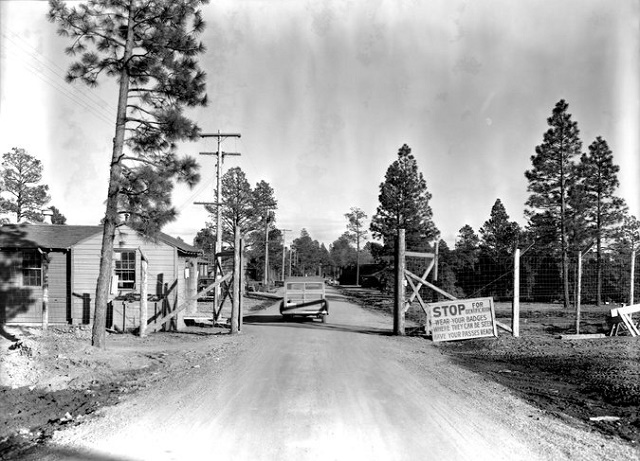The Manhattan Project was one of the most important (and one of the most secretive) efforts undertaken by the Allies during the Second World War. This effort to create the atomic bombs that were used to end the war in Japan was a collaboration of many great scientific minds, living and working together in Los Alamos. Although the Manhattan Project is now fairly well-known, having inspired a song by the band Rush as well as a new television series on the WGN network, a report which details Soviet espionage and security leaks surrounding the effort was only recently declassified.
The declassification of this report has revealed a great deal of information. Despite the fact that the development of nuclear arms was the most “drastically guarded” research effort led by the American government, it was still prone to a great deal of espionage. The main issue was that the government failed to realize that many secrets of the Manhattan Project were being stolen by the Soviet Union. Although the Soviet Union was allied with the American government during the Second World War, the nuclear arms race resulting from this security breach would eventually lead to the Cold War.
The Soviets were not the only ones who were after nuclear secrets. It is reported that eight Nazi saboteurs attempted to take down power plants used to generate power for atomic labs in Tennessee. Five other spies from Germany attempted to seal information from the Manhattan Project. There were even security leaks that had nothing to do with either the Soviets or the Nazis, such as preachers who somehow learned of uranium 235 and a New York engineer who somehow obtained a secret file containing information on the program.
Many security threats were caught due to numerous counterintelligence operations set up by federal agents. Federal investigators went undercover, taking up false job positions in order to put suspects under surveillance. In the end, however, completing the Manhattan Project was deemed to be more important than securing it. If a person’s motives were suspect, but they could still help to complete the project, then they were retained. One employee kept at Los Alamos was David Greenglass, a machinist who gave secrets to his brother-in-law, a Soviet spy by the name of Julius Rosenberg, The New York Times reports.
The information Rosenberg gained from Greenglass regarding the Manhattan Project, specifically the fact that the atomic bomb was an implosion-type device, was integral to the Soviets’ development of their own nuclear arms. By 1949, they would be able to run their first successful test of an atomic bomb. While America tried its best to keep the Nazis from stealing secrets, it was the Soviets who would eventually gain everything they needed from the Manhattan Project to develop their own nuclear weapons.
